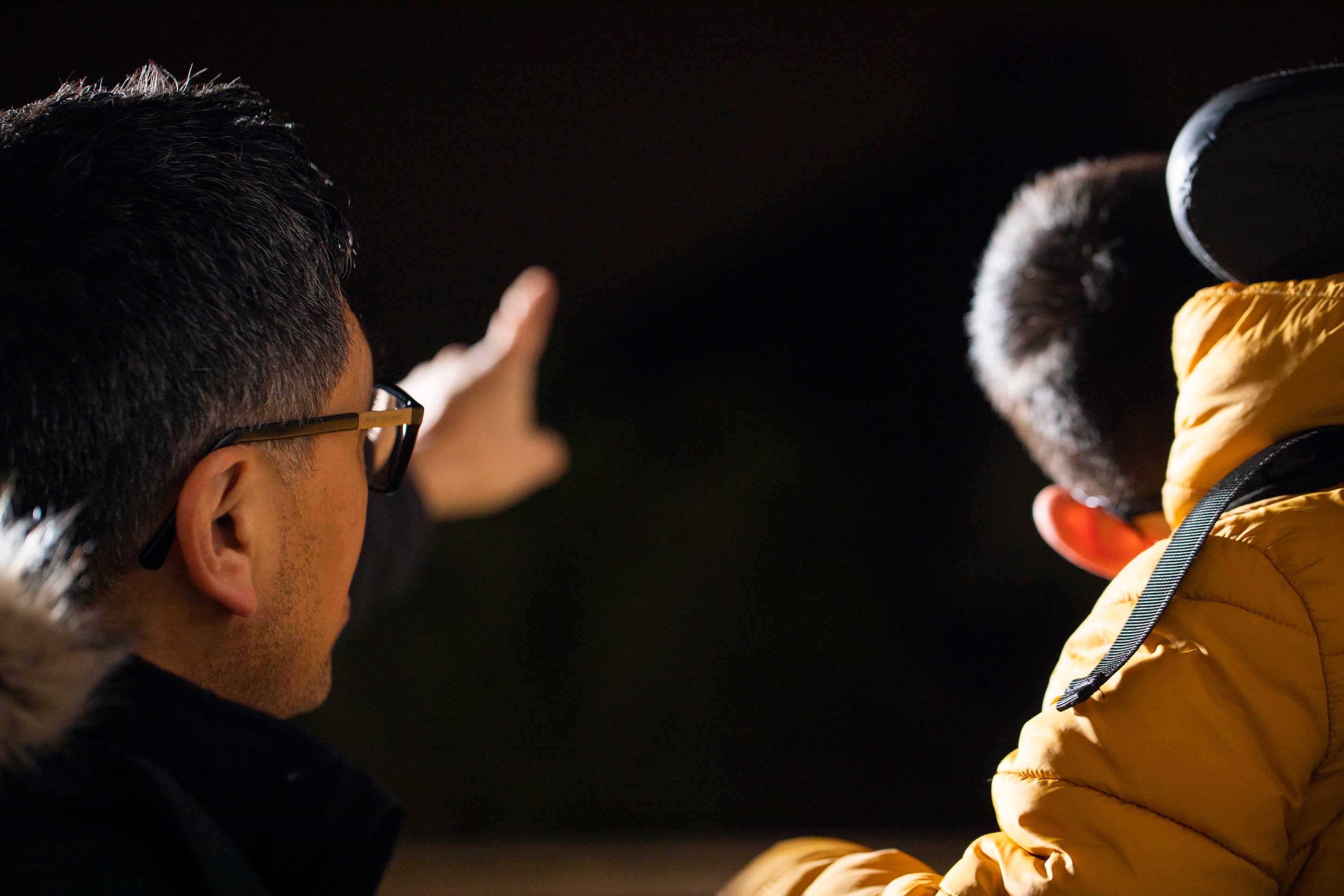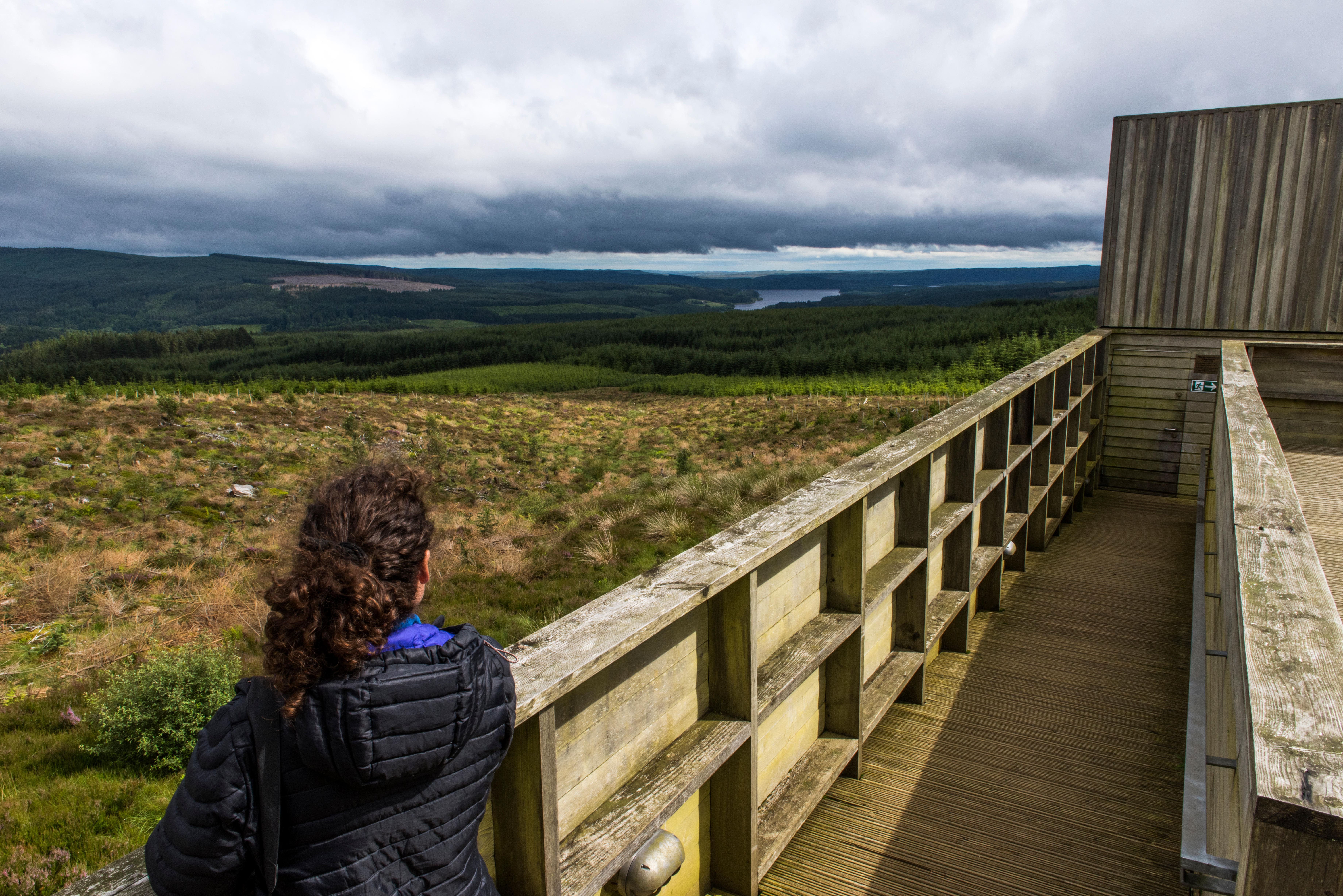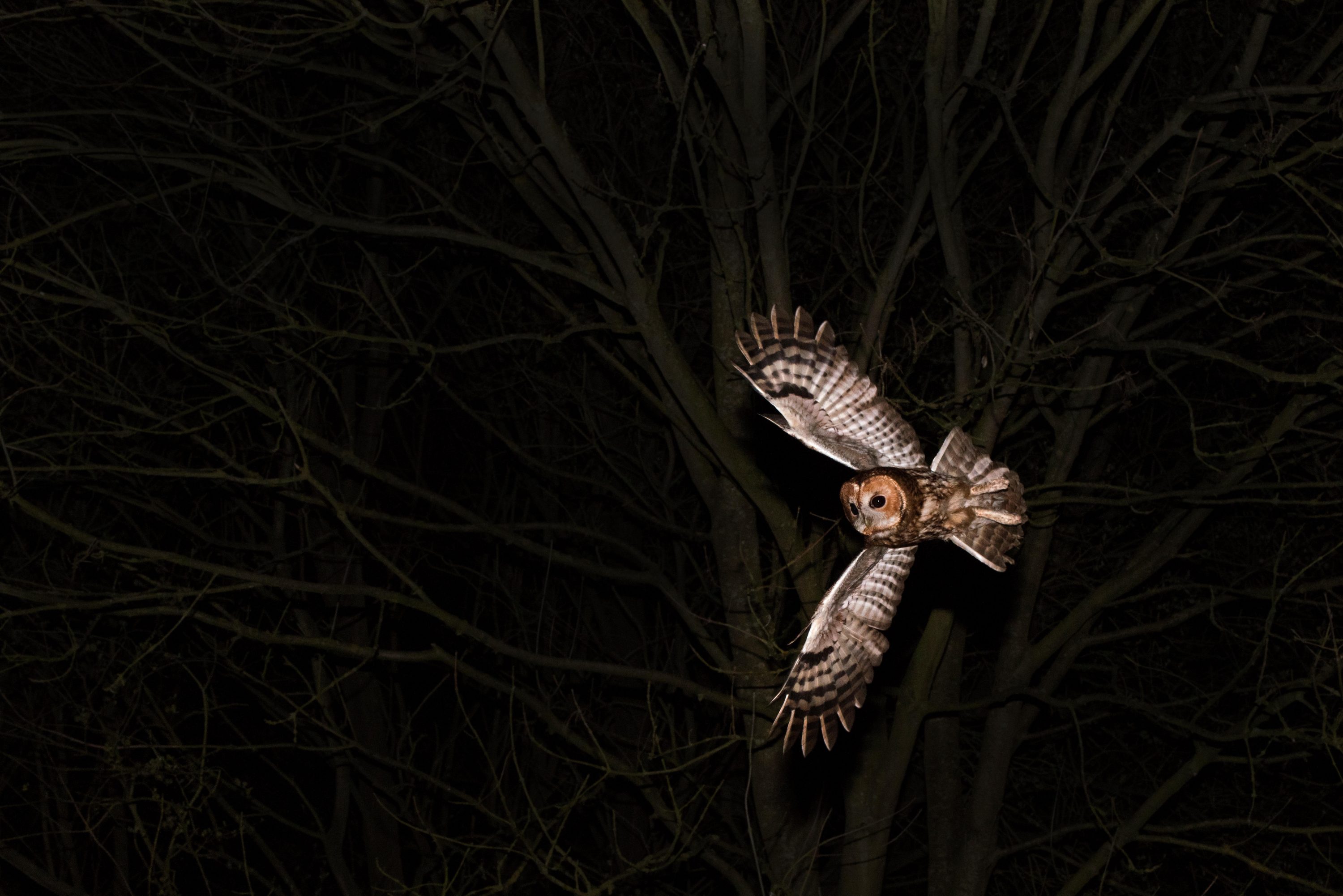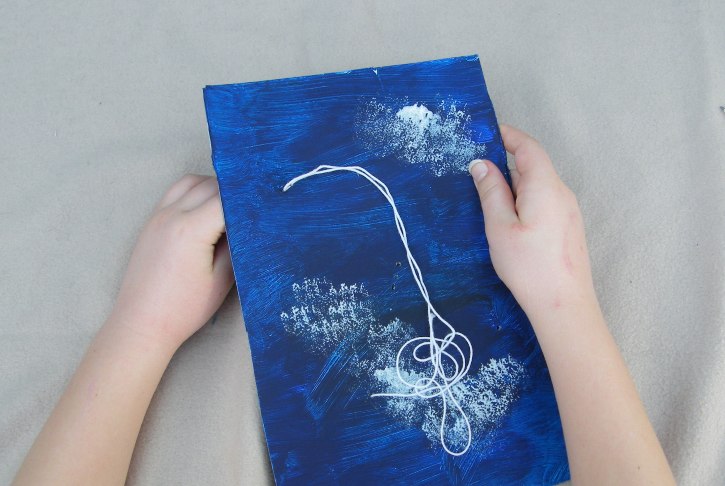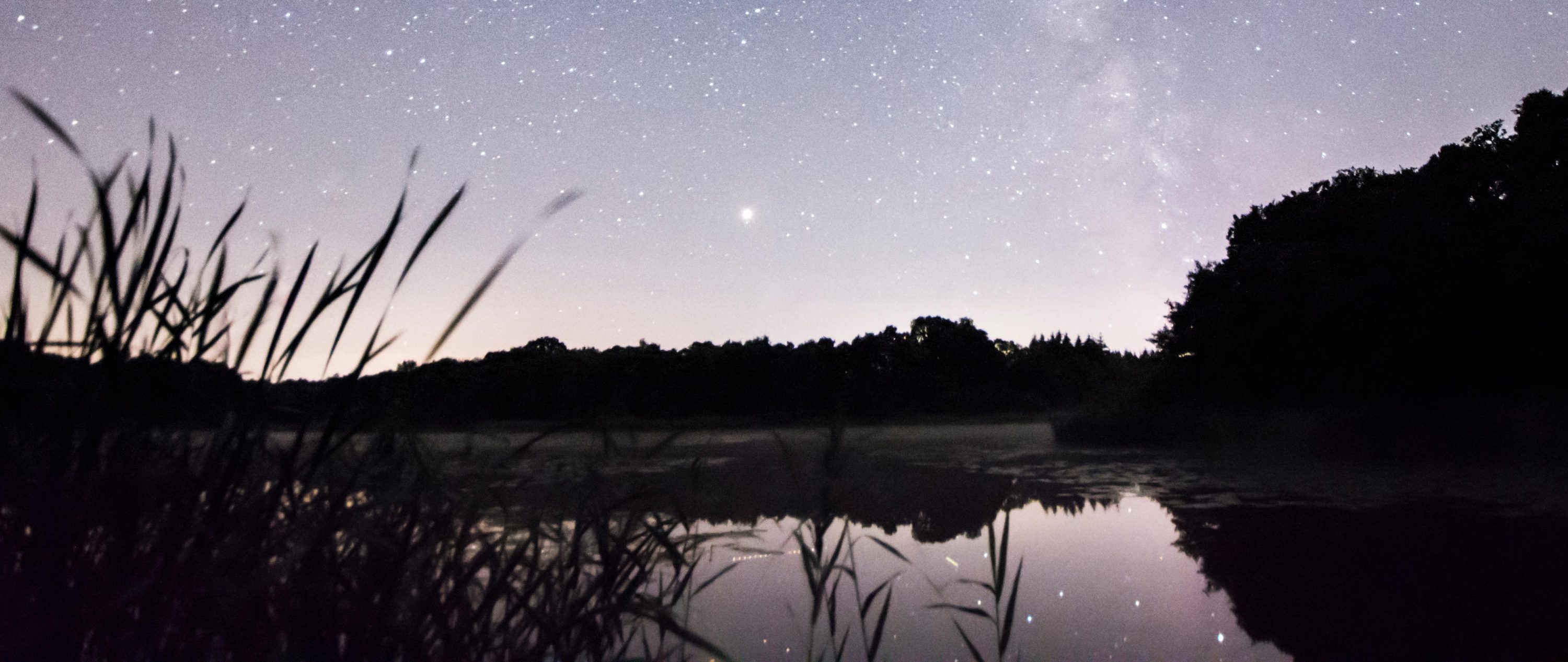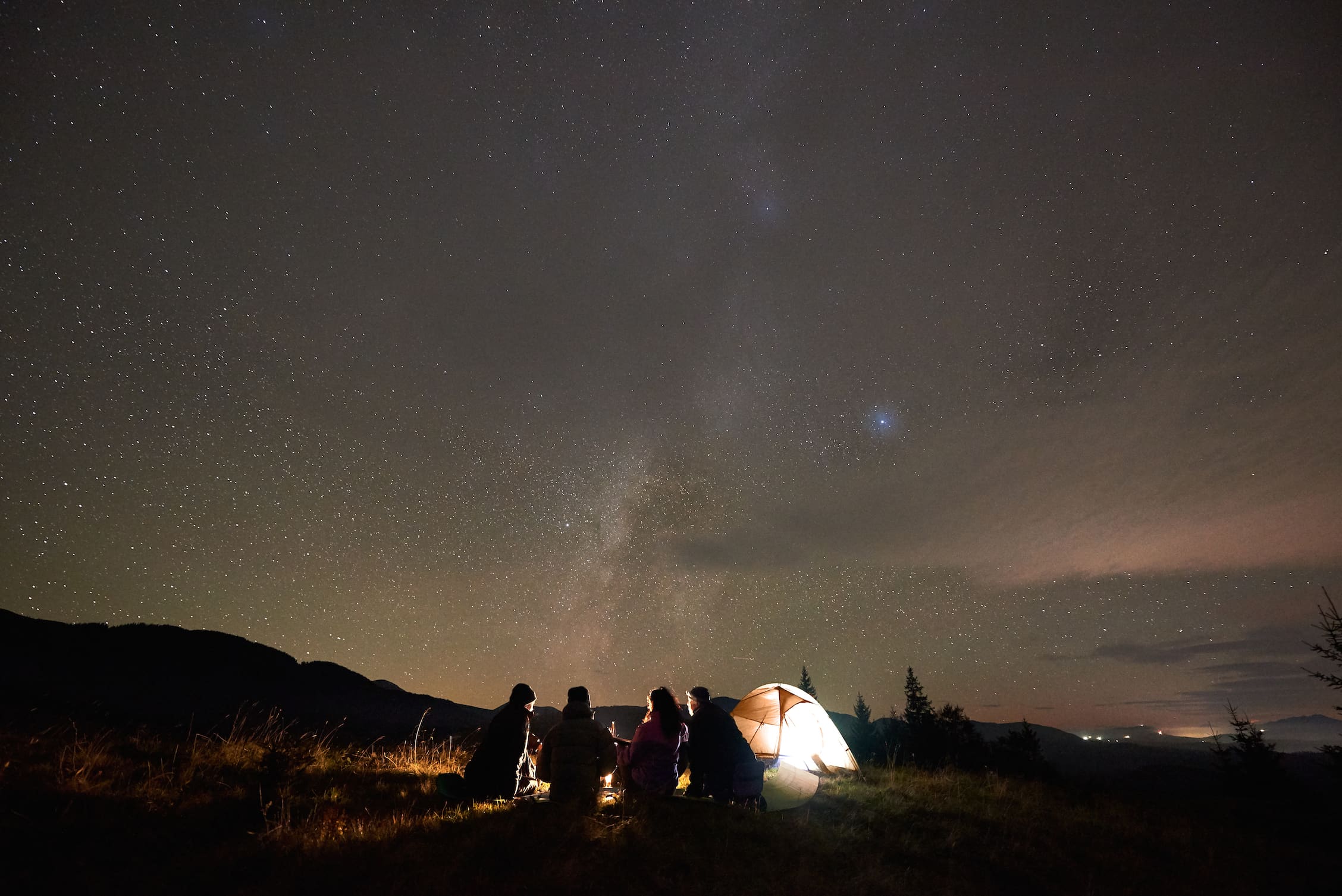Star Count 2021: explore what we learned
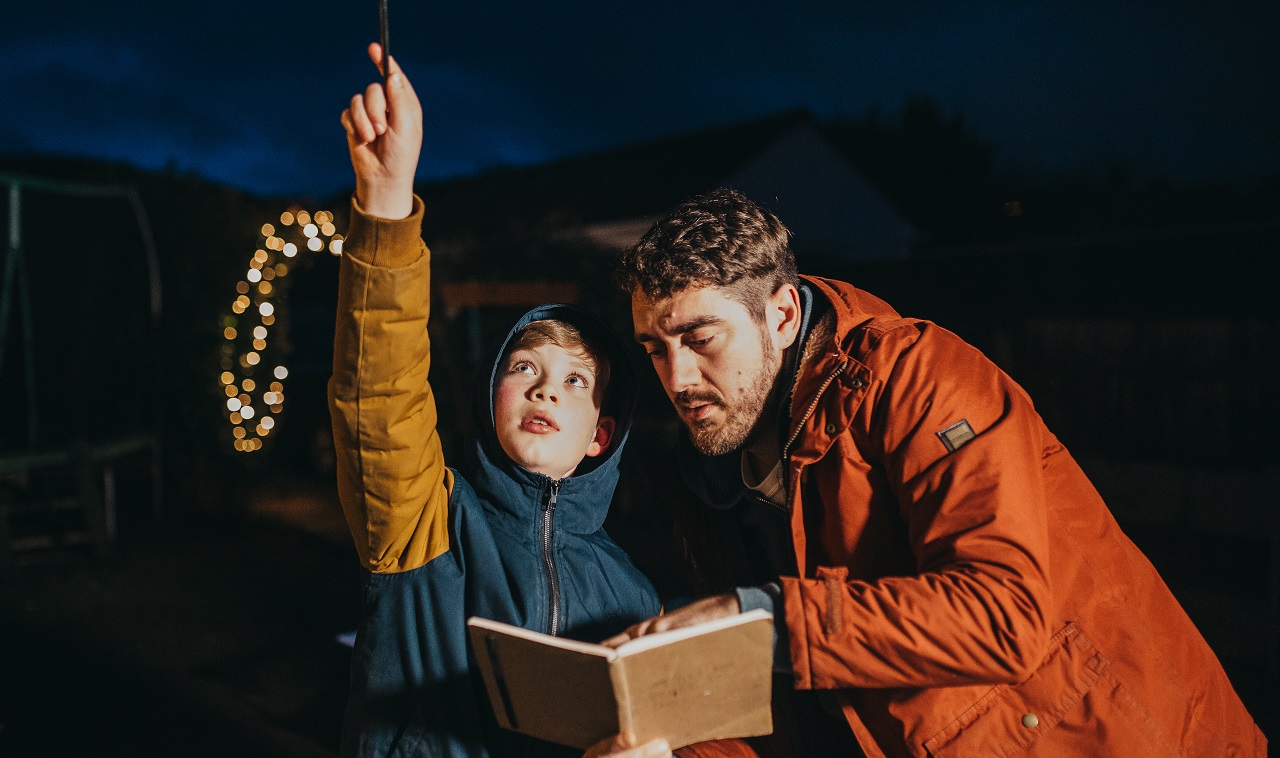
What the 2021 results of our record-breaking citizen science project tell us about the levels of light pollution near you – and what we can do about it.
February 2021 saw thousands of you stepping up for deep, dark skies and helping us count stars to measure light pollution in your area.
Despite chilly nights and the coronavirus lockdown, you broke records with more of you than ever looking skywards to Orion. Here’s what we learned from your counts.
The results are in
Our biggest ever Star Count, with over 7,000 of you participating, showed that 2021 saw much lower reports of bad light pollution across the UK than in 2020.
Only 51% of our star-spotters said that they could see only ten or fewer stars, meaning that they were experiencing severe light pollution. In 2020, 61% of people were in that boat, so 2021 has seen a pretty dramatic drop in severe light pollution!
We think that this might be down to a ‘lockdown effect’, as much of the country had strict coronavirus pandemic restrictions during Star Count week, 6-14 February 2021. With quieter urban areas and fewer large buildings in operation, it’s likely there’s less glow or leakage into our night skies.
More dark skies, less light leaking
2021 also saw more of you telling us that you could see a whopping 31 or more stars in Orion! This means you’re seeing the most stars of all of our stargazers, and enjoying truly dark skies.
And there’s good news here, too – 5% of you told us you had truly dark skies this year. This is another pleasing boost on the number of you experiencing this in 2020!
We’re delighted to see that more of us can enjoy the natural wonder of the night sky. It’s an area we’ve long been passionate about, and we’ll keep monitoring light pollution to track future changes.
Explore our interactive map
Dive into the map below, where we’ve recorded your star counts.
Check out how your area shapes up and whether you’re dazzled by light pollution or looking up at deep, dark skies.
A small number of counts didn’t make it onto the map, usually because of missing location information. As, as with any citizen science project, we spotted a few outliers that showed unusual results – these are still included here.
What we’ll do now
If you’ve explored the map and noticed you’re being blinded by beams or left awake by leaking light, fear not. We at CPRE will continue our work of many years to influence policy and celebrate dark skies, ensuring that as many of us as possible can enjoy them.
Our dark skies expert, Emma Marrington, says:
‘Let’s hope we can hold onto some of this achievement as we come out of lockdown.
‘Looking up at a starry night sky is a magical sight and one that we believe everyone should be able to experience, wherever they live. And the great thing is, light pollution is one of the easiest kinds of pollution to reverse – by ensuring well-designed lighting is used only where and when needed, and that there is strong national and local government policy.’
Local councils can help, too, by considering dimming schemes to save energy (always of course in consultation with the police and community to ensure it’s the best fit for the area, and keeps everyone safe). We’ll keep engaging with councils to manage their lighting and cut carbon, help wildlife and let us all enjoy those starry, starry skies.
Stay star-struck with us
Want to do your bit to help us work for velvety nocturnal vistas? We’d love to welcome you aboard as a CPRE member.
From as little as £3 a month you can support our work for dark skies and bag yourself some great perks, such as discounts at outdoor clothing shops and reduced entry to attractions!
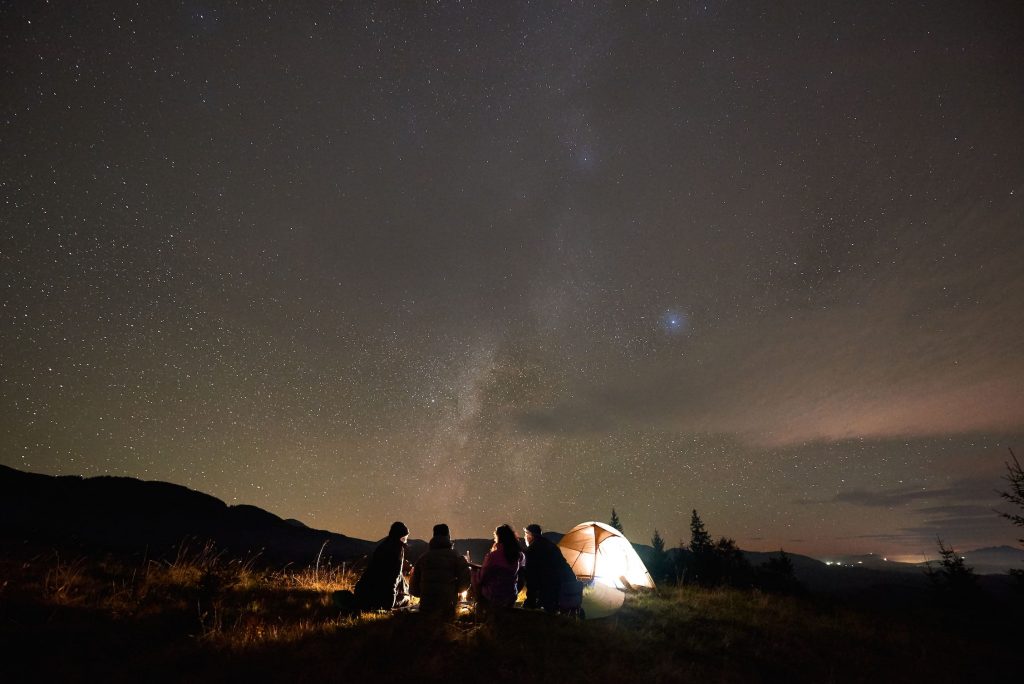
Our work on dark skies
Starry skies are one of the most magical sights the countryside can offer. Light pollution not only limits our views of these skies, but also disrupts wildlife’s natural patterns. Learn more about our work to reclaim our dark skies.
CPRE's dark skies work


